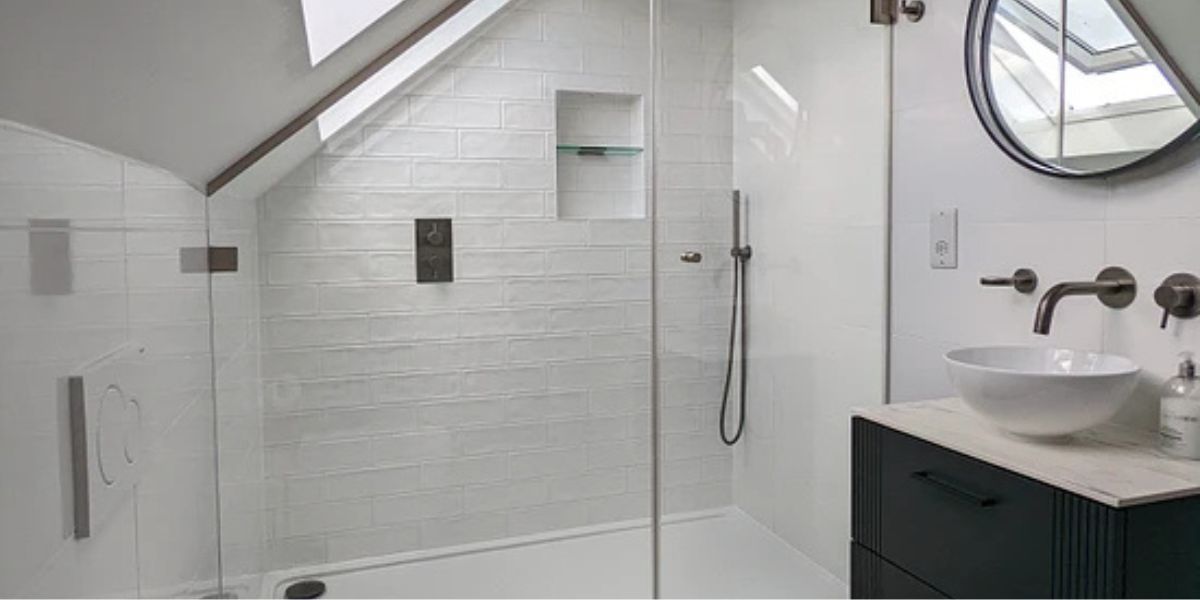In today's fast-paced world, where efficiency and convenience are at the forefront of home improvement, motion sensor lights for bathroom are becoming increasingly popular. These innovative lighting solutions not only enhance the functionality of your bathroom but also add a touch of modern sophistication. Whether you're looking to reduce energy consumption or simply want to upgrade your space, motion sensor lights are a game-changer.
Imagine walking into your bathroom and having the lights turn on automatically, providing a warm and welcoming ambiance without the need for switches. This is precisely what motion sensor lights offer, making them a valuable addition to any bathroom. The integration of motion sensor technology in bathrooms is not just about aesthetics; its about creating a seamless and efficient environment that caters to your needs.

Understanding Motion Sensor Lights
Motion sensor lights are equipped with sensors that detect movement within a specific range. When motion is detected, the lights automatically turn on, and after a set period of inactivity, they turn off. This feature is particularly beneficial in bathrooms, where hands-free operation enhances both convenience and hygiene. With advancements in technology, these lights are becoming more sophisticated, offering adjustable sensitivity, range, and duration settings.
For those interested in sustainable living, motion sensor lights are an excellent choice. They significantly reduce energy consumption by ensuring lights are only on when needed. This not only lowers electricity bills but also contributes to environmental conservation, aligning with the growing trend of eco-friendly living. For more insights on incorporating smart technology in your bathroom, check out smart bathroom technology.
Benefits of Motion Sensor Lights in Bathrooms
One of the primary benefits of motion sensor lights for bathroom is the convenience they offer. No more fumbling for light switches in the dark. This feature is especially useful for families with young children or elderly members, providing safety and ease of use. Additionally, these lights can be set to various brightness levels, offering gentle illumination for late-night trips to the bathroom without disturbing your sleep.
Another significant advantage is the contribution to hygiene. In a space where cleanliness is paramount, reducing the need to touch switches can help prevent the spread of germs. This is particularly beneficial in public or shared bathrooms. For a deeper dive into how technology is revolutionizing bathroom hygiene, explore UV sanitizing bathroom devices.
Choosing the Right Motion Sensor Lights
When selecting motion sensor lights for your bathroom, there are several factors to consider. The first is the type of sensor. Passive infrared sensors (PIR) are widely used as they detect body heat, making them ideal for indoor use. Additionally, consider the range and sensitivity of the sensor to ensure it meets your needs.
Another crucial aspect is the design and aesthetics of the lights. Motion sensor lights come in various styles and finishes, allowing you to choose one that complements your bathroom decor. For a modern and sleek look, consider LED lights, which offer energy efficiency and longevity. For more inspiration on bathroom design trends, visit bathroom trends 2025.
Installing Motion Sensor Lights
Installing motion sensor lights can be a straightforward DIY project, but it's essential to follow the manufacturer's instructions carefully. Ensure the sensors are positioned correctly to detect motion effectively. If you're not comfortable with electrical work, hiring a professional can ensure a safe and efficient installation.
The placement of motion sensor lights is critical for optimal performance. Consider areas where lighting is most needed, such as near the sink or shower. This strategic placement ensures that the lights activate when necessary, providing practical and aesthetic benefits.
Integrating Motion Sensor Lights with Smart Home Systems
For homeowners interested in creating a fully integrated smart home, motion sensor lights can be connected to home automation systems. This allows for remote control and customization of settings through smartphones or voice-activated assistants like Alexa or Google Home. Imagine adjusting the brightness or turning off the lights without even entering the bathroom.
This integration not only enhances convenience but also contributes to energy efficiency. By programming lights to operate only during specific times or under certain conditions, homeowners can maximize energy savings. To learn more about how AI is transforming bathroom design, check out AI in bathroom design.
In conclusion, motion sensor lights for bathroom are an innovative solution that combines convenience, efficiency, and style. Whether you're looking to upgrade your existing lighting or embark on a complete bathroom renovation, these lights offer a practical and modern solution. As technology continues to evolve, the integration of smart lighting systems will undoubtedly play a significant role in the future of home design.

FAQ
Are motion sensor lights suitable for all bathroom sizes?
Yes, motion sensor lights can be adapted to fit any bathroom size. It's essential to choose the right type and number of lights based on the room's dimensions and layout.
Can I install motion sensor lights myself?
While many motion sensor lights are designed for easy installation, it's crucial to follow instructions carefully. If you're unsure, hiring a professional can ensure proper installation and functionality.
Do motion sensor lights work with smart home systems?
Yes, many motion sensor lights can be integrated with smart home systems for enhanced control and customization. This allows you to manage settings remotely and optimize energy use.






